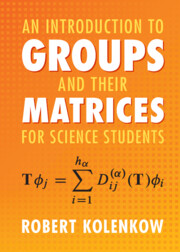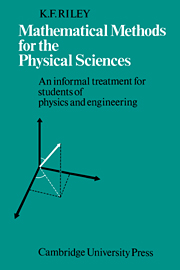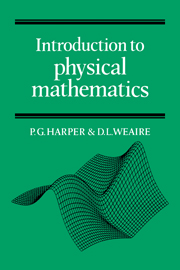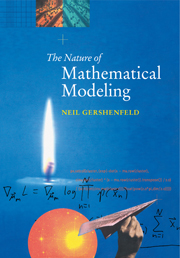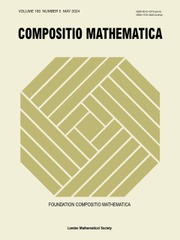An Introduction to Groups and their Matrices for Science Students
Group theory, originating from algebraic structures in mathematics, has long been a powerful tool in many areas of physics, chemistry and other applied sciences, but it has seldom been covered in a manner accessible to undergraduates. This book from renowned educator Robert Kolenkow introduces group theory and its applications starting with simple ideas of symmetry, through quantum numbers, and working up to particle physics. It features clear explanations, accompanying problems and exercises, and numerous worked examples from experimental research in the physical sciences. Beginning with key concepts and necessary theorems, topics are introduced systematically including: molecular vibrations and lattice symmetries; matrix mechanics; wave mechanics; rotation and quantum angular momentum; atomic structure; and finally particle physics. This comprehensive primer on group theory is ideal for advanced undergraduate topics courses, reading groups, or self-study, and it will help prepare graduate students for higher-level courses.
- Uniquely suitable for advanced undergraduate level, as most group theory texts and courses begin at graduate level, enabling students to appreciate why group theory is central to modern physics
- A wide range of examples clarify the use of group theory, including selected topics not often covered at this level, e.g. matrix mechanics, entanglement, EPR paradox, and photon correlation
- Avoid formal math-heavy proofs in the main text, but important results are provided in the Appendices
Product details
June 2022Hardback
9781108831086
360 pages
262 × 185 × 23 mm
0.81kg
Not yet published - available from February 2025
Table of Contents
- 1. Fundamental concepts
- 2. Matrix representations of discrete groups
- 3. Molecular vibrations
- 4. Crystalline solids
- 5. Bohr's quantum theory and matrix mechanics
- 6. Wave mechanics, measurement, and entanglement
- 7. Rotation
- 8. Quantum angular momentum
- 9. The structure of atoms
- 10. Particle physics. Appendices.

